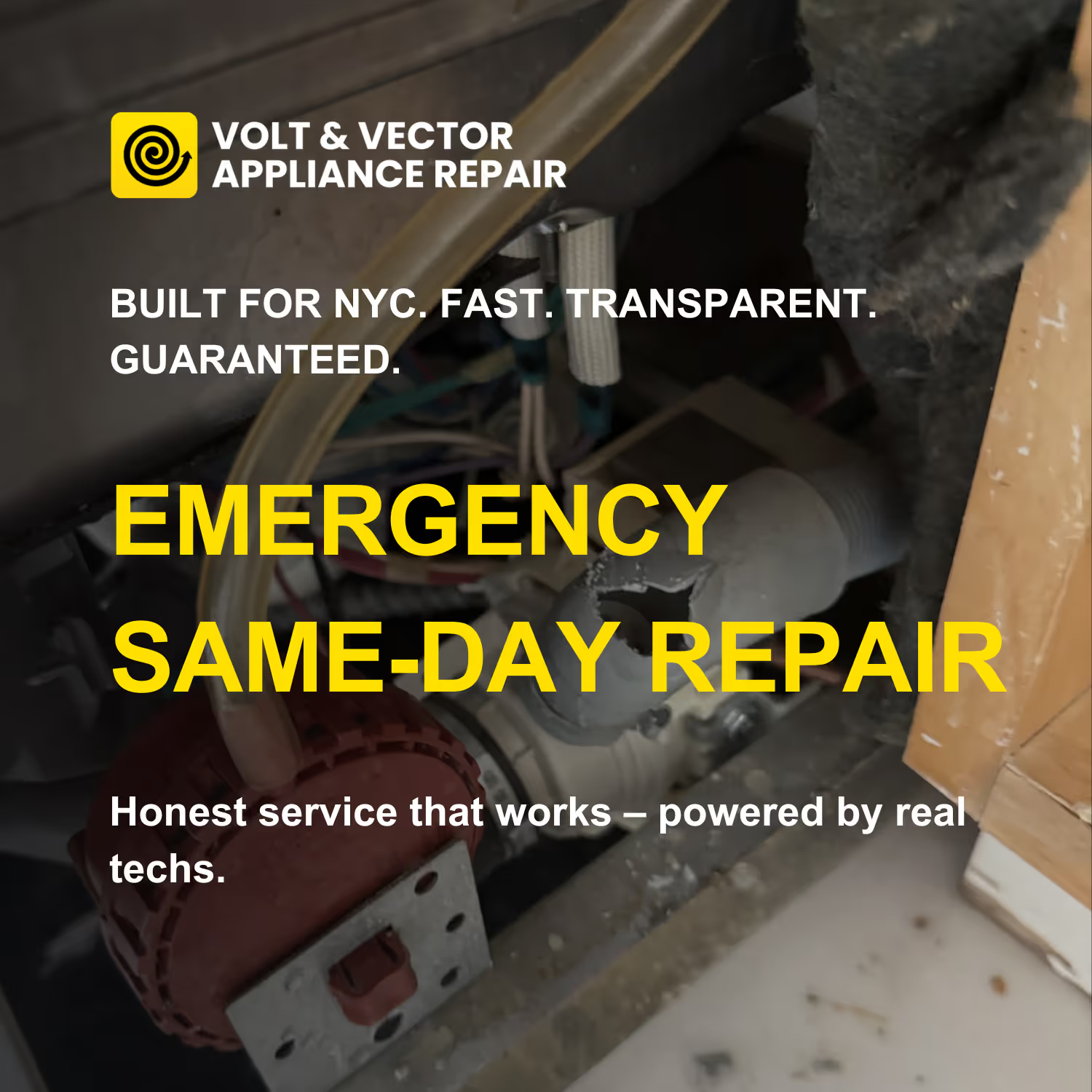ZIP coverage — Brooklyn, Manhattan & select Queens
Use the ZIP code checker to see if we can come out to your building. If your ZIP is listed, we can usually offer same-day or next-day appliance repair, depending on parts and schedule. If your ZIP code is outside our current service area, you can still reach out — in some cases we may be able to help, or recommend a trusted partner nearby.
Set up your Bosch dryer service visit today—Brooklyn & Manhattan coverage, real NYC techs, not a call center.
Experiencing disruptions from a malfunctioning Bosch dryer can be immensely frustrating, causing delays and stress in your daily routine.
At Volt & Vector, we specialize in diagnosing and resolving Bosch dryer issues throughout Brooklyn and Manhattan, ensuring your appliance is back in optimal condition swiftly.
Our services come with a $99 diagnostic fee (credited to repair) and a 180-day warranty for peace of mind.
Pro Tips for Maintaining Your Bosch Dryer
Check and Clean the Door Seal: Regularly inspect the door seal for any debris or damage. Clean it gently with a damp cloth to ensure a tight seal, which helps prevent leaks and improves efficiency.
Ensure Proper Ventilation: Make sure the dryer vent is clear of lint and blockages. A clogged vent can cause overheating and reduce drying performance, which may lead to electrical issues.
Level the Dryer: Ensure that your Bosch dryer is level on the ground. An uneven appliance can lead to excessive vibrations, increasing wear and tear on components that may eventually cause leaks or power failures.
Regularly Inspect Electrical Connections: Periodically check the plug and electrical connections for any signs of wear or damage. Ensuring secure and clean connections can prevent power-related issues and prolong the life of your dryer.
Frequently Asked Questions
Q: What does the E1 code mean?
A: The E1 code indicates an oven cavity issue detected, which could suggest a faulty sensor or wiring issues. A thorough inspection may be necessary.
Q: What could cause my Bosch dryer to be leaking?
A: Leaking in your Bosch dryer may be due to a damaged door seal or blocked drainage. Consider inspecting these areas before seeking professional help.
Q: What does the maximum drying time exceeded (SS) mean?
A: The SS code signifies that the dryer has run longer than usual without completing the cycle, often due to a blocked lint filter or vent. Cleaning these can resolve the issue.
Q: Why isn’t my dryer getting power?
A: If your dryer isn't receiving power, check the power cord and the breaker. A $99 diagnostic fee will apply if further attention is needed.
Volt & Vector provides expert Bosch dryer repair services across Brooklyn & Manhattan, addressing common issues like leaking and power failures. We offer a $99 diagnostic fee (credited to repair) and a 180-day warranty for your peace of mind.
Expert Advice: Repair or Replace?
Repair is usually the best option for Bosch dryers under 10 years old with typical issues, such as drum problems or faulty sensors, which can be replaced without major costs.
Replacement might be better if your dryer is more than 10 years old and experiences repeated failures due to obsolete parts, or if you're planning to remodel your laundry area.
- Age of the dryer
- Repeated failures
- Discontinued parts
- Planned remodel
Understanding Bosch Error Codes
Code CE: Drying cycle temperature limit exceeded.
Possible Causes:
- Improper drying settings selected.
- Faulty temperature sensor.
- Overheating due to airflow restrictions.
User Actions:
- Adjust the drying settings to a lower temperature.
- Allow the dryer to cool down for at least 30 minutes.
- Inspect and clean any blockage in the vent system.
Code E1: Oven cavity issue detected.
Possible Causes:
- Faulty sensor in the oven cavity.
- Wiring issues related to the oven's electrical components.
- Internal malfunction of the oven's control board.
User Actions:
- Check if the oven is properly connected to power.
- Inspect wiring connections for any visible damage.
- Reset the oven by turning it off and on after a few minutes.
Code E2: Warming drawer issue detected.
Possible Causes:
- Faulty warming drawer module.
- Wiring issues specific to the warming drawer.
- Control board malfunction affecting warming functions.
User Actions:
- Ensure the warming drawer is correctly plugged in.
- Check for any obstructions preventing proper drawer operation.
- Reset the warming drawer by turning it off and unplugging for a few minutes.
Code SS: Maximum drying time exceeded.
Possible Causes:
- Overloading the dryer with too many items.
- Faulty moisture sensor not detecting dryness.
- Blocked lint filter or vent causing poor air circulation.
User Actions:
- Reduce the load size and run a smaller batch.
- Clean the lint filter and ensure the vent is unobstructed.
- Check if the moisture sensor needs cleaning or recalibration.
Common Bosch Dryer Problems We Service
Not drying properly
Control panel not responding
Excessive noise during operation
Burning smell during drying
Drum not spinning
Leaking
Power


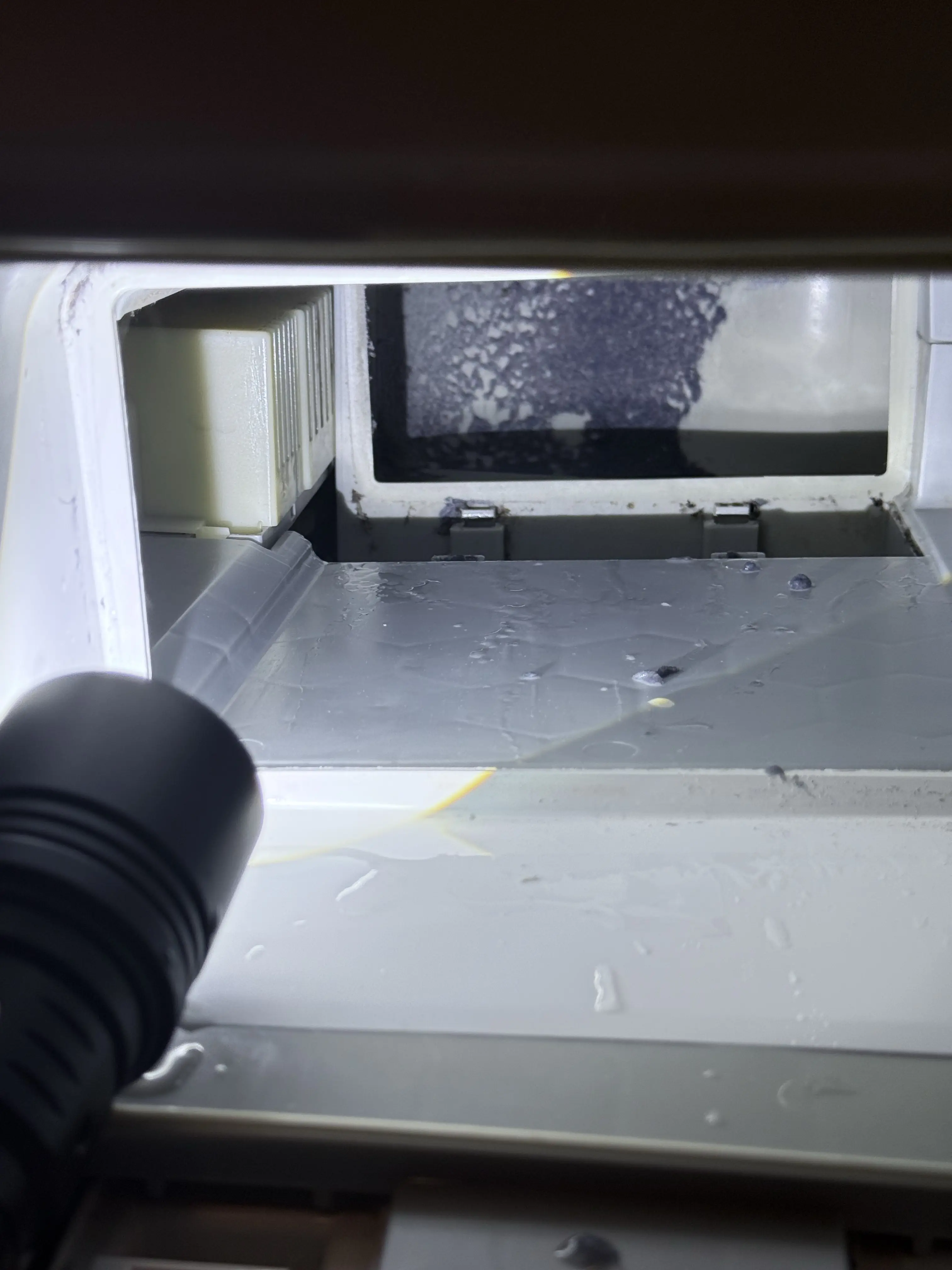
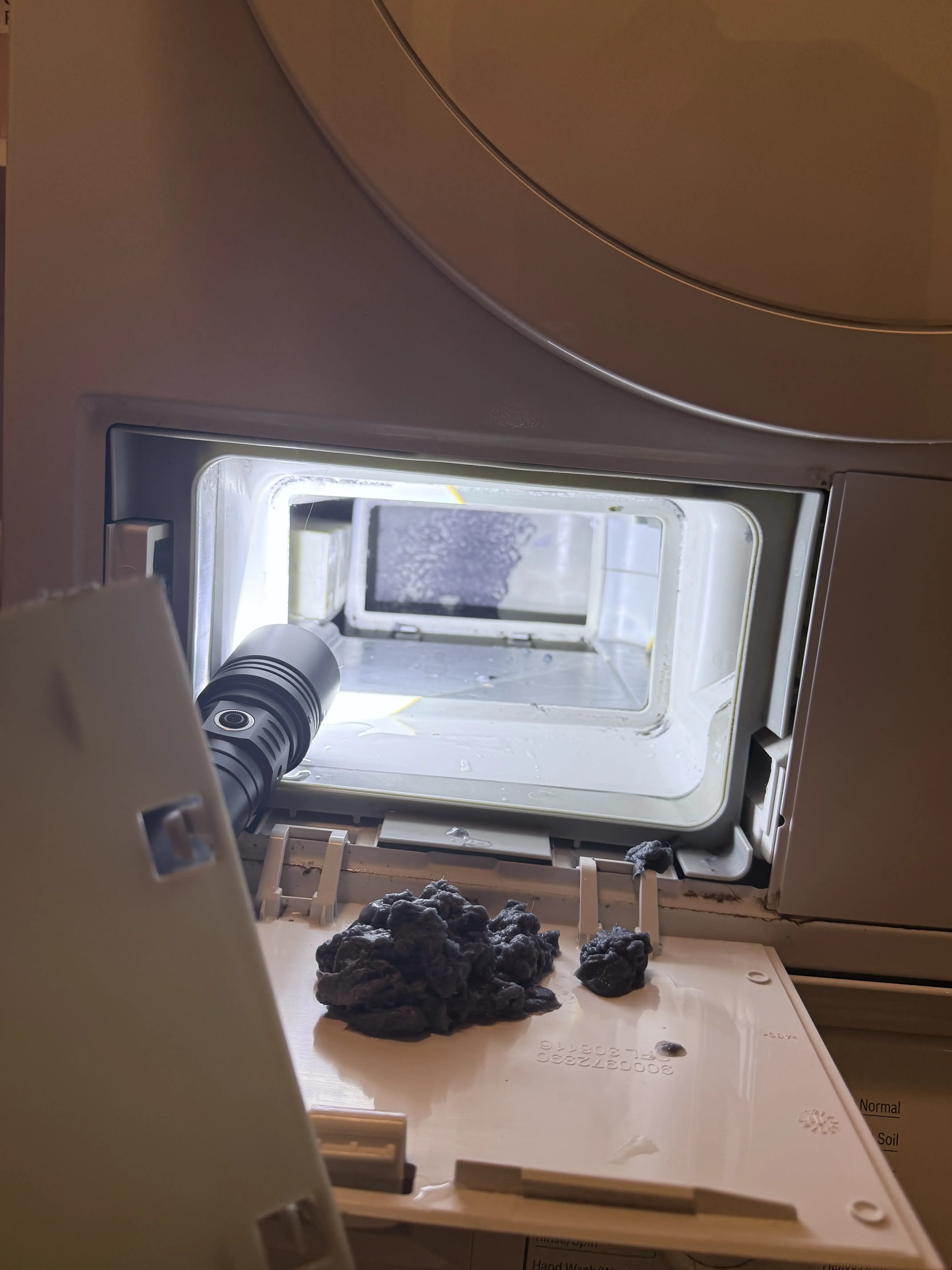
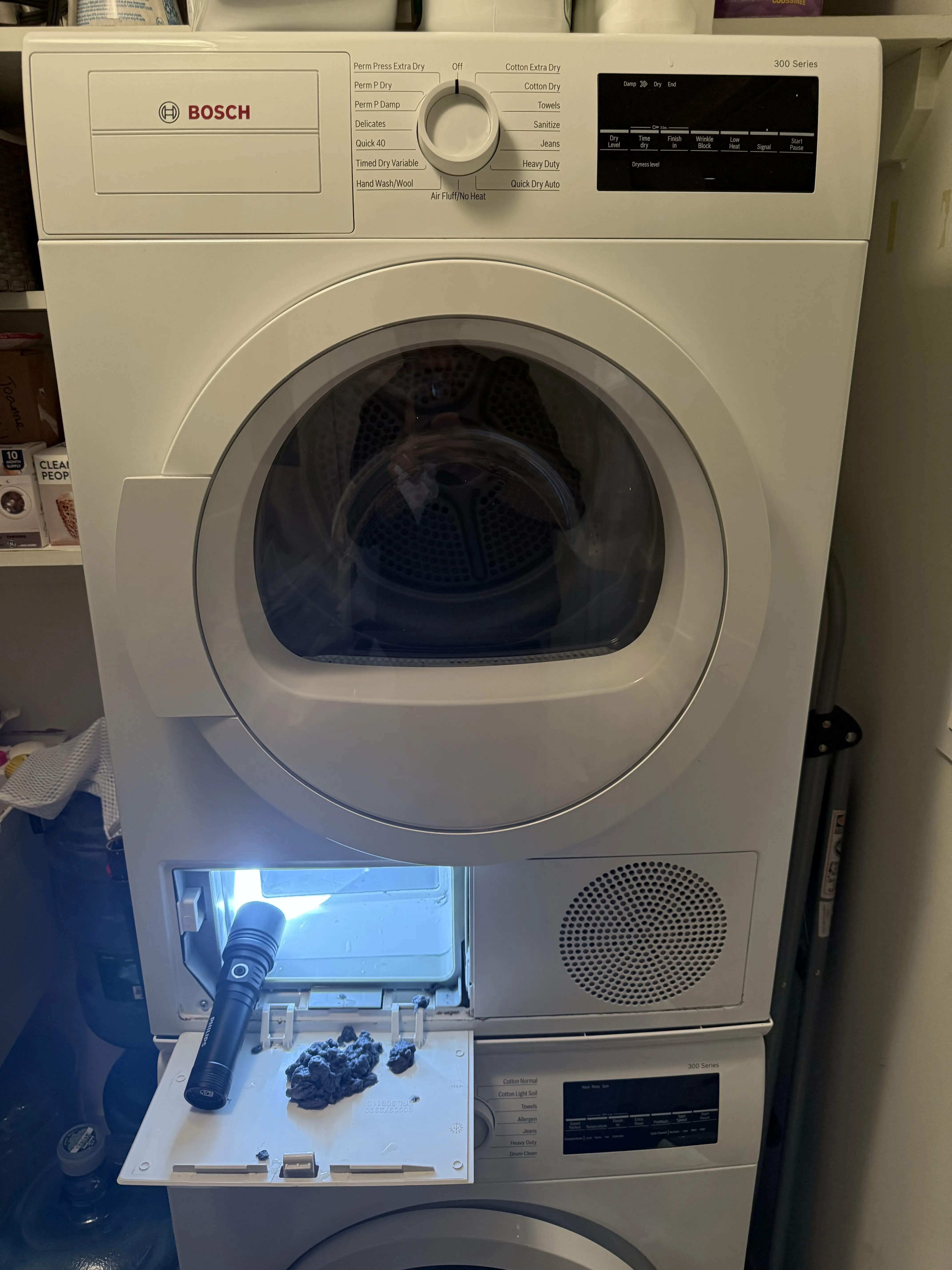

.avif)
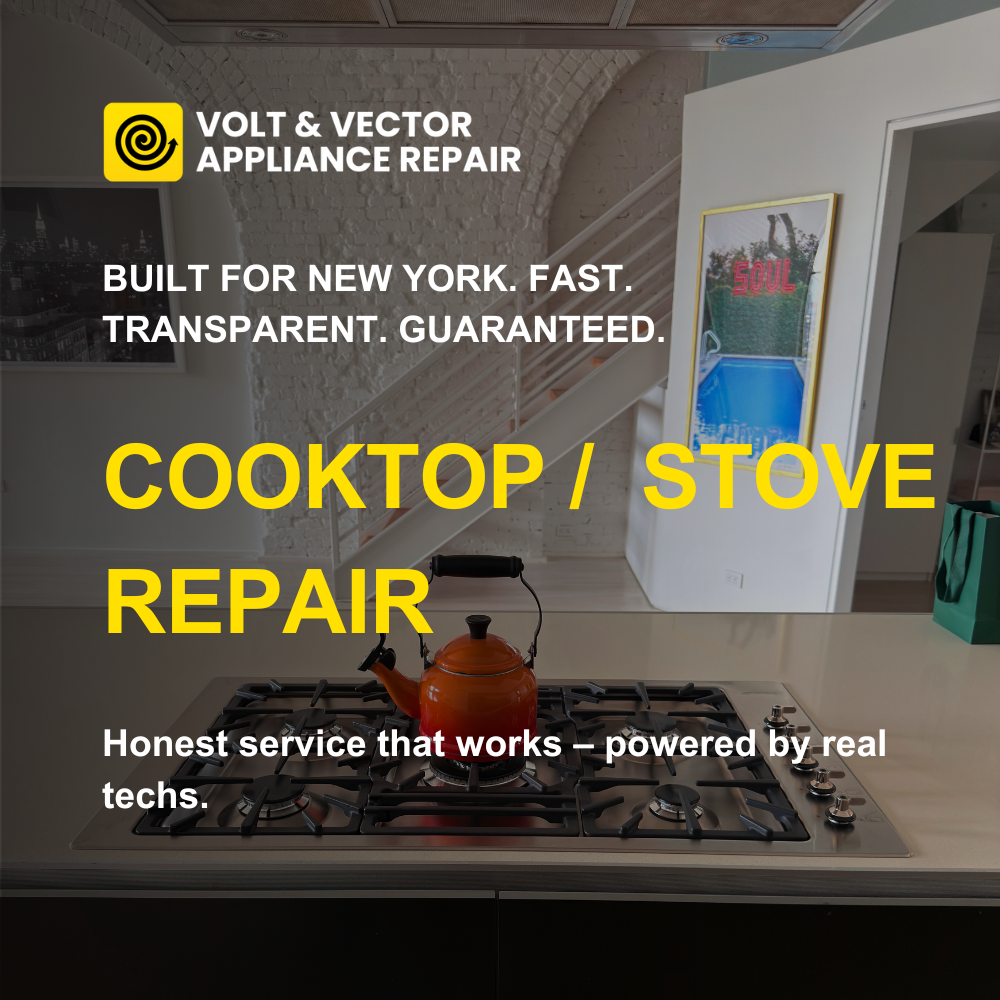
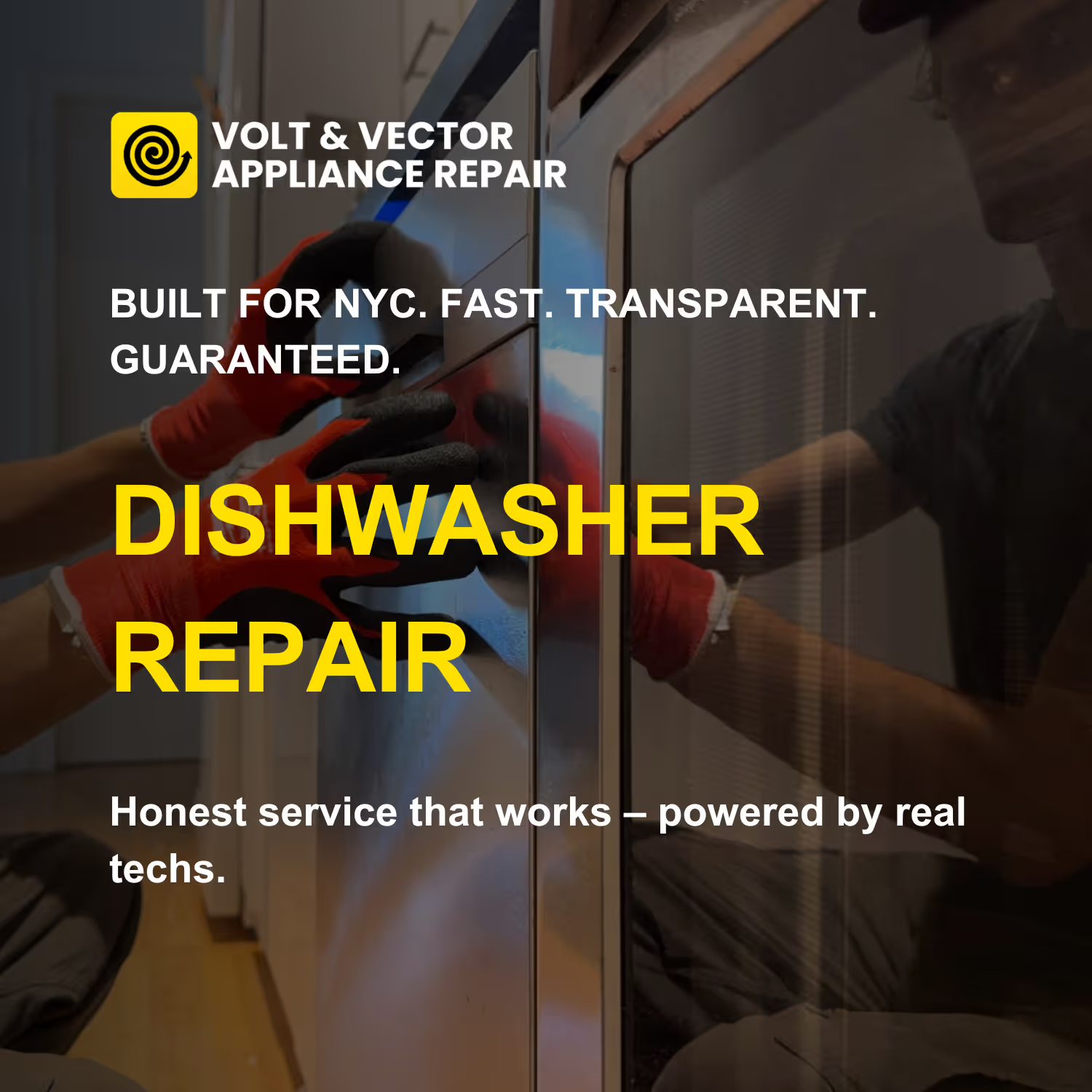
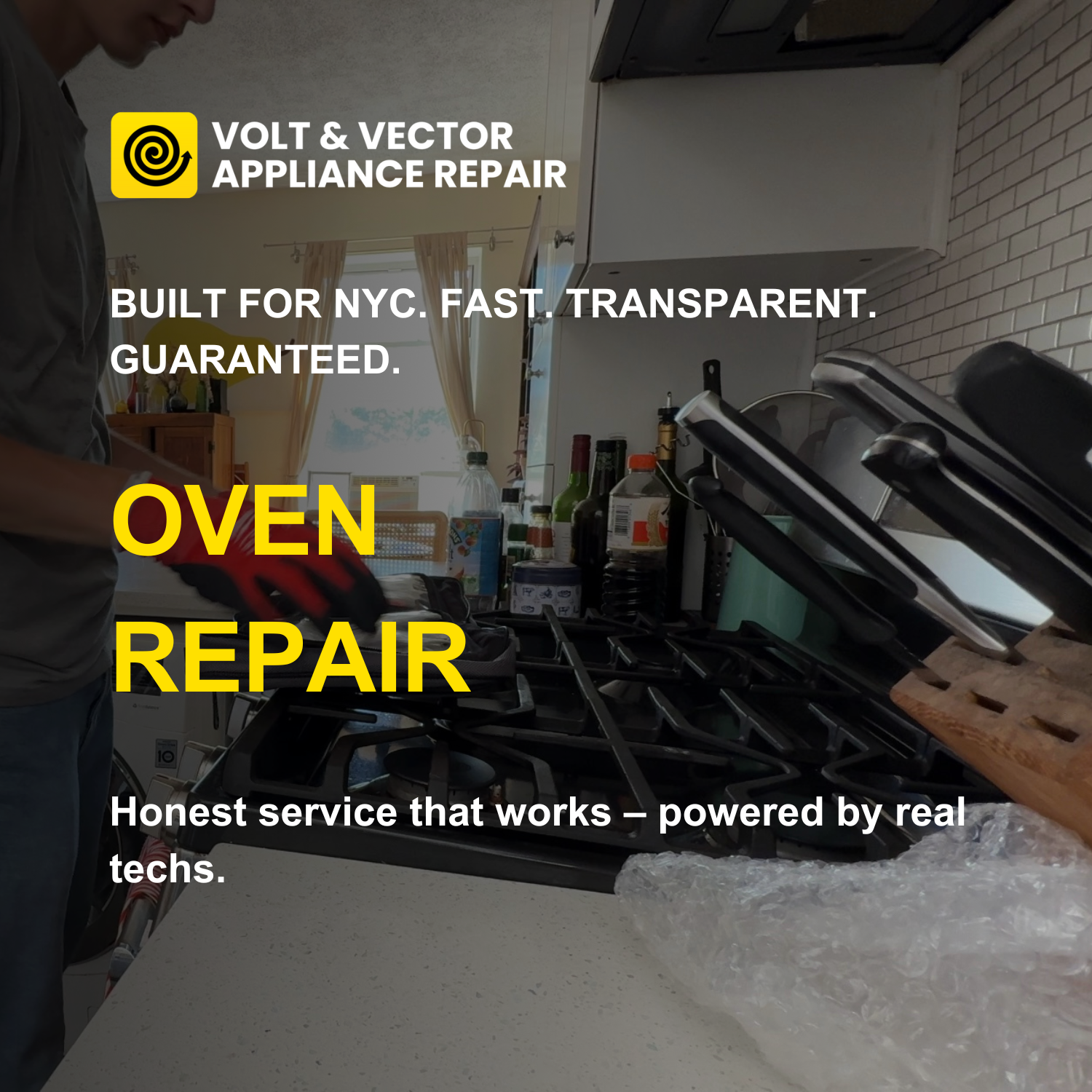

.avif)
.avif)
.avif)

.avif)
.avif)
